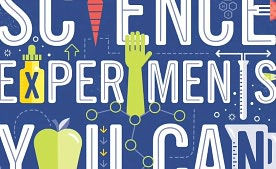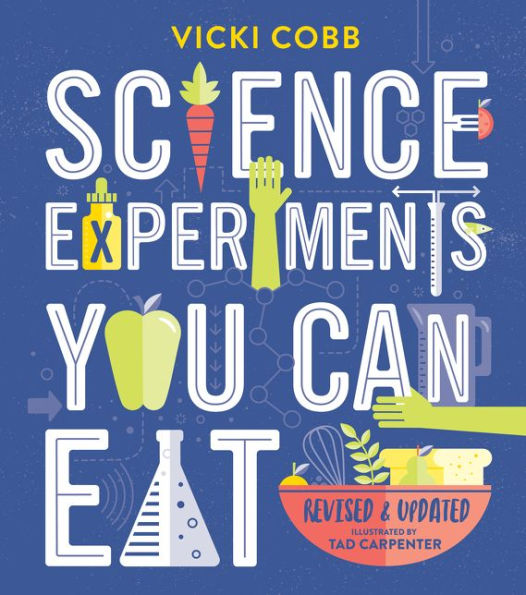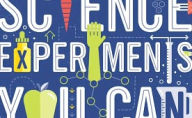Table of Contents
1 Hungry? 1
Playing with Food 2
How to Use This Book 4
2 Solutions 7
Rock Candy: Recovering Solute Crystals 9
Ice Pops and the Freezing Point of Solutions 13
Fruit Drinks and Dissolving Rates 16
Sour-Ball-Ade 18
Red Cabbage Indicator 20
Optically Active Syrups 24
3 Suspensions, Colloids, and Emulsions 31
Borscht Cocktail: Separating Suspended Particles 32
Liquid Food and the Tyndall Effect 36
Salad Dressing: A Liquid Suspended in a liquid 38
Emulsions 41
Mayonnaise: A Stabilized Emulsion 42
Strawberry Bombe: A Frozen Emulsion 45
Consommé: Clarification by Flocculation 48
4 Carbohydrates and Fats 53
Syrups: Solutions That Don't Crystallize 55
Hygroscopic Cookies 58
Starches 61
Tapioca 63
Grape Jelly: How Pectin Acts 65
Fats and Oils 67
Nut Butter: Pressing Out Oils 69
Butter: Coalescing Fat Droplets from a Suspension 71
An Ice Cream Taste Test 74
5 Proteins 81
Meringues: The Properties of Fog Whites 83
How to Save Egg Yolks 88
A Quick Cupcake Recipe 90
Custard: Coagulating Protein 91
Sour Milk Biscuits: Protein Denatured by Acid 94
Gelatin: Sol-Gel Transformation 96
Muffins: A Study of Gluten-the Wheat Protein 100
6 Kitchen Chemistry 105
Lemon Fizz: A Reaction Forms a Gas 107
Cupcakes: How Cokes Rise 108
Basic Cupcake Recipe 113
Caramel Syrup: Sugar Decomposes 116
Onions and Hamburgers: The Maillard Reaction and Caramelization of Cooking 118
Vitamin C Fruit Salad: Oxidation of Fruit 121
Fruit and Tea Punch: Testing for Iron 124
Mango Egg Yolks: Molecular Gastronomy 127
7 Plants We Eat 133
Raw Vegetable Salad: How Plants Take in Water 136
Striped Celery Snack: How Water Moves Up Stems 138
Spinach: Color Changes in Chlorophyll 141
Boiled Winter Squash: A Study of Cellulose 143
Chop Suey: How Beans Sprout 146
Popcorn: Measuring Moisture in Seeds 149
8 Microwave Cooking 155
Honey Cake: A. Map of Microwave Hot Spots 157
Boiling Microwaved Water without Heat 160
Microwaving Away Staleness 162
Microwave Popcorn 163
9 Microbes 169
Sally Lunn Bread: A Study of Yeast Activity 171
Pretzels: Inhibiting Yeast Action 175
A Comparison of Yogurt Cultures 179
Cultured Cream 182
Cottage Cheese: Whole Milk vs. Skim Milk 185
10 Enzymes and Hormones 191
Rennet Custard: A Study of Enzyme Action 192
Cut Apples: Kiwi Stops the Browning 194
Jell-O with Pineapple: How Heat Affects an Enzyme 196
Baked Steak: Acids, Bases, and Enzyme Action 199
The Ripening Hormone 206
11 Science Experiments We Do Eat 211
Beef Jerky: Drying and Curing 213
Zucchini: Freezing and Thawing 216
Canned fruits and Vegetables: High-Acid vs. Low-Acid Foods 220
Chocolate Pudding: Carrageenan Stabilization 226
How to Read a Nutrition Facts Label 233
Cooking Terms and Instructions 236
Scientific Glossary 240
Equivalent Measures 246
Selected Bibliography 246
Index 247





